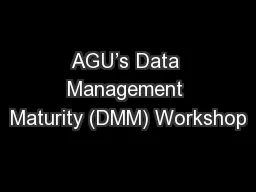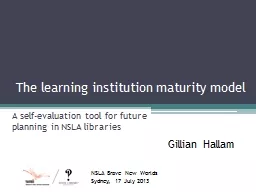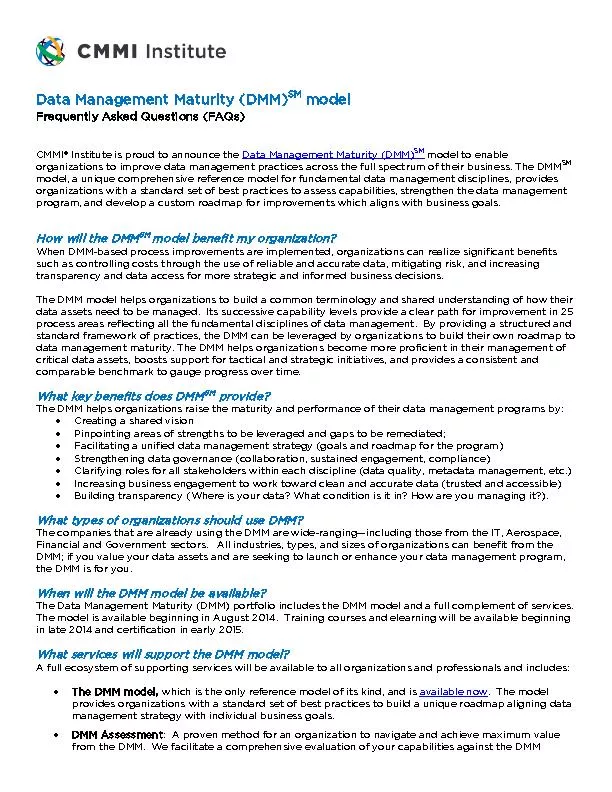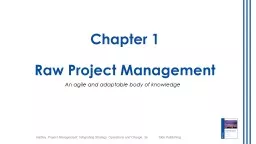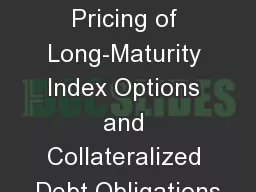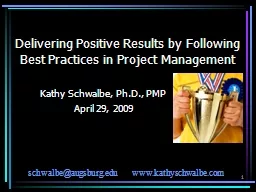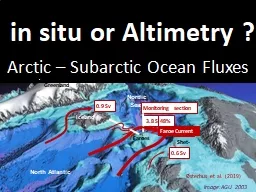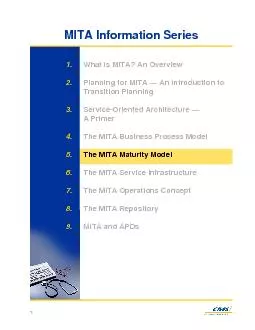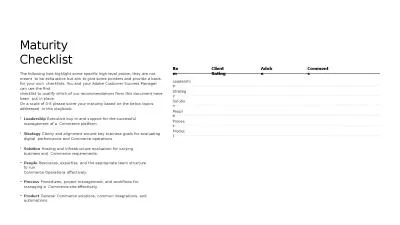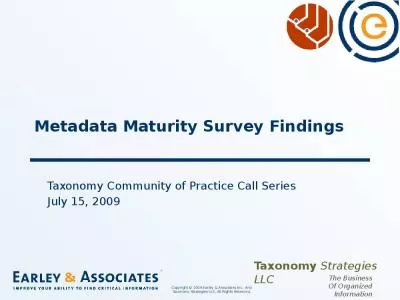PPT-AGU’s Data Management Maturity (DMM) Workshop
Author : debby-jeon | Published Date : 2019-02-05
ESIP Summer Meeting Durham July 19 2016 Shelley Stall AGU Assistant Director Enterprise Data Management sstallaguorg 2 AGUs position statement on data affirms that
Presentation Embed Code
Download Presentation
Download Presentation The PPT/PDF document "AGU’s Data Management Maturity (DMM) W..." is the property of its rightful owner. Permission is granted to download and print the materials on this website for personal, non-commercial use only, and to display it on your personal computer provided you do not modify the materials and that you retain all copyright notices contained in the materials. By downloading content from our website, you accept the terms of this agreement.
AGU’s Data Management Maturity (DMM) Workshop: Transcript
Download Rules Of Document
"AGU’s Data Management Maturity (DMM) Workshop"The content belongs to its owner. You may download and print it for personal use, without modification, and keep all copyright notices. By downloading, you agree to these terms.
Related Documents

